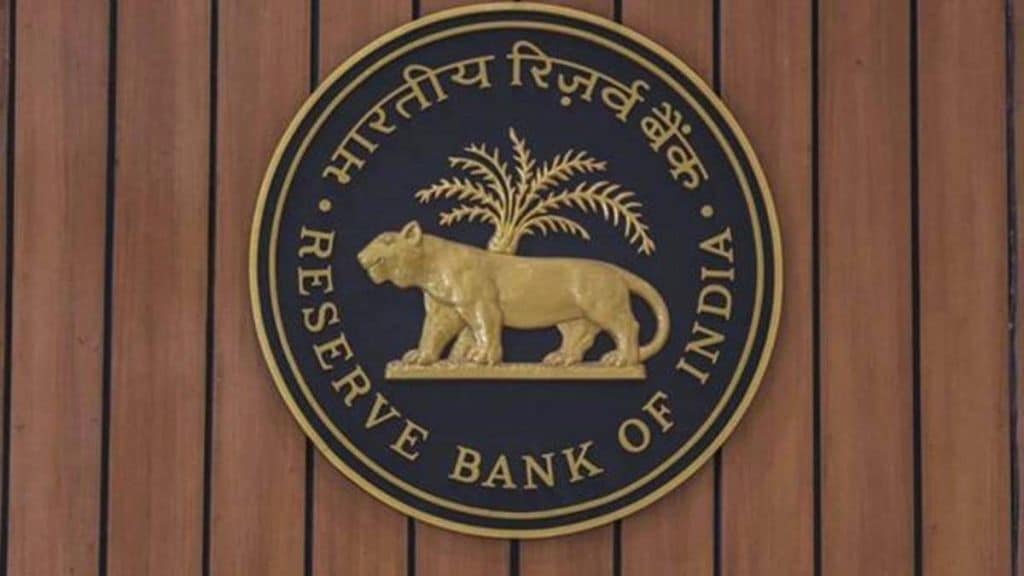By Amar Patnaik
In India, the financial regulatory landscape has burgeoned with the emergence of bodies like RBI, Sebi, IRDA, Pension Fund Regulatory and Development Authority (PFRDA), and Forward Markets Commission (FMC), with talks of more in the pipeline. These regulators wield significant powers, from shaping policy to enforcing regulations, punishing non-compliance, and developing the market of the allocated jurisdiction. Nevertheless, opacity in functioning, regulatory gaps, overlaps, inconsistencies, and instances of regulatory arbitrage persist, posing obstacles to India’s journey towards a $5 trillion economy.
In 2013, India’s regulatory governance discourse escalated with the report of the Financial Sector Legislative Reforms Commission. It likened statutory regulators to mini-states, advocating for accountability mechanisms due to their substantial legislative, executive, and judicial powers.
Enhancing transparency and reducing opacity
The recent Regulations Review Authority 2.0 (RRA) report offers valuable recommendations for enhancing the regulation-making process. Formed in April 2021 to streamline RBI’s regulations, the RRA recognised that preparing regulatory or supervisory instructions is akin to legislative drafting, which is both an art and a science. Weak regulations invite judicial scrutiny. In 2019, the Supreme Court amended RBI’s master circular on wilful defaulters, adding procedural safeguards for borrowers. Then, in 2020, it overturned an RBI circular prohibiting regulated entities from dealing in virtual currencies.
Emphasising the need for clarity, the Financial Sector Legislative Reforms Commission in 2013 recommended that the regulator be required to articulate the objective of the regulation, a statement of the problem or market failure that the regulation seeks to address, and analyse the costs and benefits associated with the proposed regulation. They must be accompanied by a press release with the necessary background so that they are easily understood and unambiguously interpreted. Furthermore, it has been reiterated that regulatory instructions should be issued only after public consultation, except if they are urgent or time-sensitive. Regulations carry economic costs for stakeholders. Therefore, greater certainty and predictability in regulation enable them to plan their business activities better. Conversely, regulations and diktats that come as a surprise send stakeholders into a tizzy and affect the ease of doing business.
Additionally, regulatory bodies must do away with the paternalistic urge to regulate every facet of the economy. As the Economic Survey 2020-21 pointed out, attempting to create regulations that cover all uncertainties proves impractical, leading to ineffective regulations despite good procedural compliance. It also shifts market activity toward unregulated entities where the potential for regulatory arbitrage is higher.
Periodic review
Regulators, though independent, are part of the executive and answerable to the legislature. Current parliamentary standing committees do not inherently scrutinise various sector regulators signaling a need for reform. A systematic mechanism is required for a periodic review of the regulations and working of the regulators. Furthermore, the RBI is not subjected to audit by the CAG, unlike other financial sector regulators such as Sebi, IRDA, and PFRDA. The CAG does not perform performance audits of these regulators either. In its absence, the Parliamentary Committees should be empowered to periodically review the rules and regulations notified by the regulator, including decision summaries, compliance status, and methods for soliciting public input. This process is similar to how the Bank of England submits reports to the Treasury Committee and provides evidence on those reports.
The legislation governing statutory regulators should be revised to incorporate transparency as a statutory requirement, modeled after Section 11(4) of the Telecom Regulatory Authority of India Act, 1997. Additionally, once in five years, a body of reputed experts should be constituted to propose guidelines for the evaluation of the regulator for the next five years.
Removing opacity by grievance redressal mechanismsWhile regulators demonstrate proactiveness in guidelines and policies, there are notable gaps in the licensing process. Ambiguities persist in processing timelines for license applications, the removal of imposed restrictions, and the interpretation of regulations. Regulatory bodies often lack a dedicated mechanism for addressing the grievances of entities. Currently, there are no response timelines for new licenses.
There are no avenues for updates either. Many license-seekers wait indefinitely for the issue of a license. They are unaware of the defects in their applications for a long time. Enforcement action is often one-sided without adequate notice and guidance, particularly to start-ups promoted by NRIs resulting in demoralising them and killing the innovative spirit driving India’s current growth. This absence of grievance redressal mechanisms acts as a significant bottleneck that disproportionately impacts startups. While recognising this problem, the Union Budget for FY24 emphasised the necessity to simplify, streamline, and minimise compliance costs by financial sector regulators. To achieve this, a secure web-based centralised portal called PRAVAAH (Platform for Regulatory Application, Validation, and Authorization) has been mooted by the government, the effectiveness of which remains to be seen.
Additionally, there is a need to institutionalise grievance redressal protocols with publicly defined timelines and forums wherein entities can inquire about their next steps and receive timely, informative responses. Entities should be empowered to onboard the regulatory sandbox so that they have exposure to the nitty gritty of the country’s regulations in a test environment before entering the market in a full-fledged manner.
The way forward While the independence of these entities is vital for economic development, there is an equally essential need for transparency. To realise the vision of a $5 trillion economy, it is imperative to cultivate a regulatory environment that not only supports entrepreneurship, innovation, and risk-taking, but also ensures financial stability and safeguards the interests of investors and consumers. This regulatory landscape should be particularly favorable to startups and businesses, fostering an atmosphere conducive to their growth and success and this can only be achieved if these bodies are transparent and accountable in their functioning.
Amar Patnaik, The writer is an MP, Views are personal


